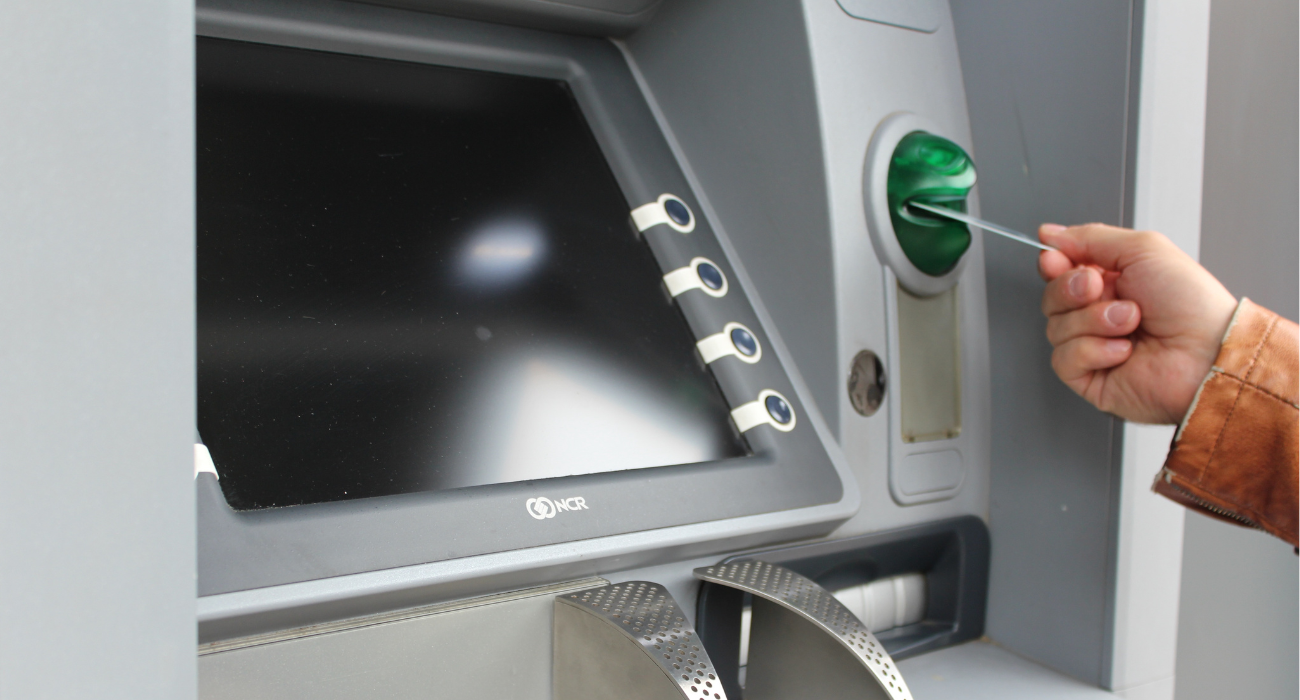In today’s digital-first and increasingly cashless economy, ATM security isn’t just an operational concern—it’s a critical business liability issue. A single security lapse can result in theft, fraud, data breaches, or regulatory fines, leaving your business exposed to serious financial and reputational damage.
Whether you’re a retailer, financial institution, petrol station, or healthcare facility offering ATM access, it’s essential to recognise the most common ATM security and liability mistakes—and how to prevent them.
This guide outlines the top 10 ATM liability mistakes that could put your business at serious risk.
Why ATM Security Is Non-Negotiable for Businesses
Financial Losses and Legal Consequences
ATM-related fraud and breaches can cost businesses thousands of pounds, not just in direct theft but also in lawsuits, compensation claims, and investigation expenses. If your security measures are found to be negligent, your business could be held directly liable.
Reputational Damage in a Digital Era
Consumer trust is vital, especially in a connected economy. If an ATM-related incident becomes public, your business may suffer online criticism, reduced foot traffic, and long-term brand damage.
UK Compliance Requirements for ATM Security
In the UK, businesses that operate or host ATMs must adhere to strict regulatory standards. These include GDPR for data protection and PCI DSS for handling payment information. Non-compliance can lead to fines of up to £17.5 million or 4% of your annual global turnover—whichever is higher.
Top 10 ATM Liability Mistakes Businesses Must Avoid
1. Failing to Monitor Real-Time Activity
Without real-time monitoring, suspicious behaviour—such as multiple failed PIN attempts or prolonged interaction with the machine—can go unnoticed. Delays in detection give fraudsters time to carry out successful attacks.
Solution: Invest in intelligent monitoring systems that alert you to anomalies and enable remote diagnostics.
2. Inadequate Physical Security Measures
ATMs placed in poorly lit or vulnerable locations are frequent targets for break-ins and ram-raid attacks. Criminals often exploit easy physical access to cause significant damage or theft.
Solution: Install tamper-resistant enclosures, security bollards, motion-sensor lighting, and CCTV surveillance.
3. Poorly Maintained Software and Firmware
Running outdated software or firmware makes ATMs highly susceptible to malware and remote access attacks. Many known exploits specifically target legacy systems.
Solution: Schedule regular software updates and ensure your ATM network follows strict cybersecurity protocols.
4. Ignoring PCI DSS and UK Compliance Standards
Failing to meet regulatory requirements can result in harsh penalties and suspended ATM operations. It may also disqualify you from processing card transactions if PCI DSS standards aren’t met.
Solution: Work with compliance experts to perform regular audits and document your adherence to UK-specific security mandates.
5. Lack of Secure Cash Replenishment Protocols
The cash loading process is a high-risk moment. Businesses that do not follow secure procedures may face internal theft or become easy targets for armed robbery.
Solution: Use secure CIT (Cash-in-Transit) services and conduct background checks on personnel involved in the replenishment process.
6. Weak Access Controls and Authentication
Shared passwords or unsecured administrator access can leave ATMs exposed to internal misuse or unauthorised external access.
Solution: Implement two-factor authentication, role-based access, and access logs to monitor who is interacting with your systems.
7. No Regular Penetration Testing
Without routine testing, vulnerabilities may go unnoticed until they’re exploited. Businesses that skip penetration testing assume their systems are safe, often incorrectly.
Solution: Schedule third-party penetration testing every quarter to identify and remediate potential attack vectors.
8. Overlooking Skimming Device Detection
Card skimming remains a major threat in the UK. Fraudsters attach discreet devices to steal card information from unsuspecting customers.
Solution: Equip your ATMs with anti-skimming technology and train staff to inspect machines daily for signs of tampering.
9. Poor Incident Response Planning
When a security incident occurs, businesses often respond too slowly or inefficiently. Without a clear response plan, damage control becomes disorganised and ineffective.
Solution: Develop a formal incident response strategy, including communication plans, reporting procedures, and escalation paths.
10. Not Partnering With a Trusted ATM Security Provider
Attempting to manage every aspect of ATM security internally is often unrealistic. In-house teams may lack the tools and experience required to deal with sophisticated threats.
Solution: Outsource to a reputable ATM security provider who can handle monitoring, compliance, hardware upgrades, and more.
ATM Security Checklist for UK Businesses
-
Are all ATMs under 24/7 surveillance?
-
Is ATM software regularly updated?
-
Are staff trained to detect tampering?
-
Are compliance requirements such as PCI DSS and GDPR being met?
-
Is there a reliable ATM security service provider involved?
If the answer to any of these is no, your business is at a higher risk of loss or penalty.
Conclusion: Secure Your ATM Network Before It’s Too Late
ATM security failures are more than isolated errors—they are business-critical risks with far-reaching consequences. From data theft to legal penalties and loss of customer trust, the impact can be substantial.
Fortunately, every mistake outlined above is preventable with the right approach and a strong security partner.
To protect your business from ATM liability risks, ensure your systems, protocols, and support structures are up to standard.
Visit here for ATM security services and speak with a qualified expert who can assess your current risks and help you stay compliant, secure, and trusted.



